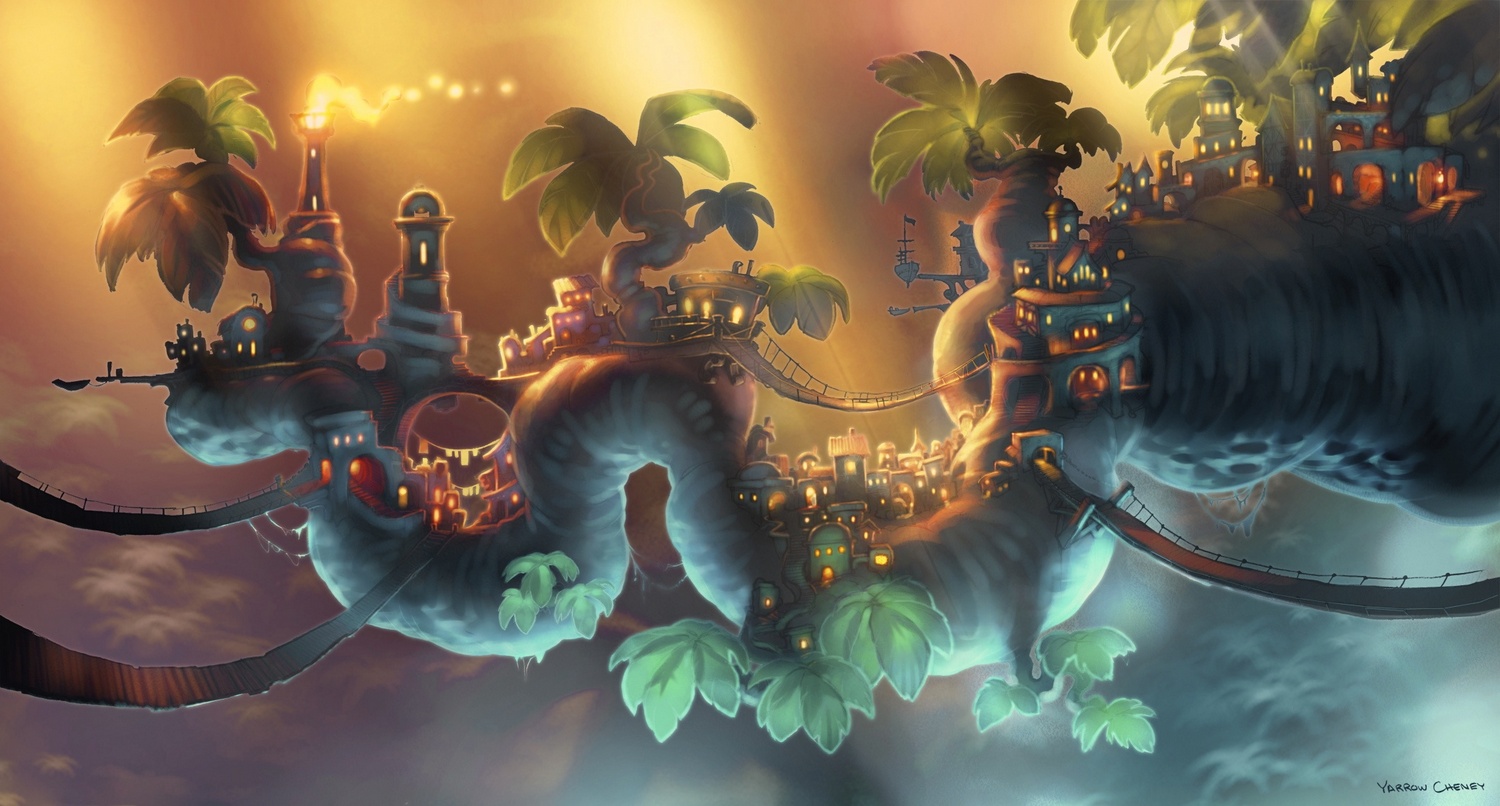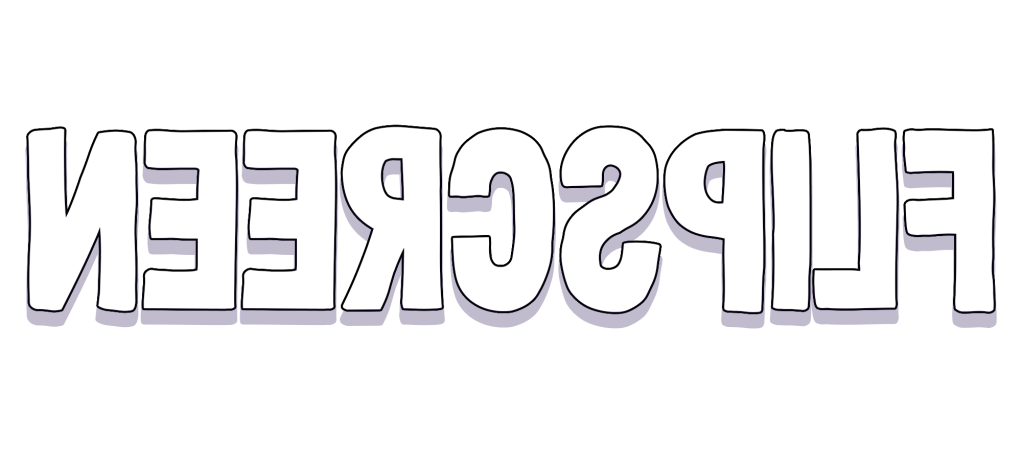I have always been fascinated by pirates. From my first watch of Muppet Treasure Island as a kid, I have been drawn to the unadulterated freedom and adventure that pirates represent. Perhaps it is tied to my experience as a closeted queer kid; not wanting to be a pirate so much as wanting the freedom to be myself. But then again, maybe I just like the outfits. I was sixteen when I came to watch Treasure Planet, Disney’s take on the seminal pirate story by Robert Louis Stevenson. If I hadn’t already fallen for the pirate genre, then you could say this caught me hook, line, and sinker.
Treasure Planet was a passion project for Disney directors Ron Clements and John Musker, who had pitched their adaptation back in 1985. The studio weren’t too sold on the idea and instead put the duo to work on a number of films that would later make up the bulk of the Disney Renaissance: The Little Mermaid, Aladdin, and Hercules. In 2002, after the success of these films , the directors finally saw Treasure Planet soar into theatres. The film follows Jim Hawkins (Joseph Gordon-Levitt) who, after finding a map to the legendary Treasure Planet, is taken on board the RLS Legacy as a cabin boy and quickly learns that mutiny is afoot. Despite sophisticated visuals that were far ahead of its time, as well as a heart-warming adventure story supported by a stellar voice cast featuring Joseph Gordon-Levitt, Emma Thompson, and Brian Murray , Treasure Planet didn’t exactly meet the popularity of its predecessors. Bombing at the box office, the film was brushed under the rug by Disney and would instead claim its status as a cult classic amongst fans. So, it’s no real surprise that it’s sequel was called off.
With the studio developing the project for eight to nine months, Treasure Planet 2 had been scripted and partially storyboarded before it was cancelled. Every story beat, character arc, and concept design can now only be found in the depths of the internet, like buried treasure forgotten as ages passed. Treasure Planet 2 was set to move the action from the comfort of the newly refurbished Benbow Inn to the unfamiliar setting of the Royal Interstellar Academy, having signed up in the final moments of Treasure Planet – although you’re only told so through Jim’s new white uniform. With his roguish charm and raw talent, he’s quickly marked as a “hot shot”, angering many of the other students. Included in these riled pupils is Kate: daughter of the Academy’s Admiral Blake, Kate is a smart and talented space cadet who feels like her much deserved position as the top has been taken from her, placing her in a tense competition, and uneasy friendship, with Jim.
While Captain Amelia Smolett leads class, a new enemy appears: the ruthless pirate Ironbeard, who was to be voiced by Willem Defoe after coming off his performance as the Green Goblin in Spider-Man. His goal: to commandeer the Centurion, the new vessel designed and piloted by returning characters Doctor Delbert and B.E.N respectively, to become the fastest and most fearsome Captain in the galaxy. Seeking the help of Long John Silver, Jim and Kate head to the Lagoon Nebula. But Silver hasn’t changed much in his retirement and wants the Centurion for himself and Jim. While Kate is horrified by Silver’s ulterior motives and Jim’s pull to piracy, Ironbeard expands his own crew by freeing the Botany Bay Prison Asteroid inmates and attacks the team. Following the assault, the three reconcile and regroup. In a final push, Ironbeard is destroyed, the Centurion with him. In their celebration, Jim and Kate share a kiss as Silver vanishes again. Sometime later, the two graduate from the Academy with honours, as Silver watches over them, smiling wordlessly from the starry night.
In its basic form, Treasure Planet 2 sounds like little more than another pirates-in-space adventure. Much like it’s predecessor, however, it doesn’t seem as simple as that. And it all comes down to Jim. In Treasure Planet, we first meet Jim as he shoots through the sky on his solar board, his hair flowing behind him, drawing attention to the intense and elated expression on his face. Free-falling through clouds along cliff-sides, he howls out with joy and excitement as he waits until the ground is just a sliver away before releasing the sail and taking flight again. The scene tells you everything you need to know about Jim: that his love for flying (sailing? sky sailing?) and his interest in pirates has only grown over the years, that he’s a damn good pilot , and also that something has happened in the twelve years that has left Jim with a sense of hopelessness. Within the minute long sequence, Jim enacts two tricks on his board that could have easily killed him and breaks the law to do so. But it isn’t arrogance in his own skills that spurs him on, it’s desperation. Desperation to feel something, to escape the pressures and tragedies in his life and align himself with the pirates he’s admired for so long. In short, Jim is a teenager who, like many, doesn’t know how to manage the weight of his emotions.

Treasure Planet resonates with people because of how it encompasses the awkward teenage phase that we all go through, where every emotion is heightened and few know how to handle it. Teenagehood is a time when you are placed under so many pressures; from achieving good grades in school, to deciding what we want to study, all of which forces you to think about the far-future and the kind of life we want to lead. Families, friends, and society itself forces expectations on you. While Jim isn’t worrying about exams , his experience remains the same. He is marked as a ‘troubled kid’, ‘disruptive’ and ‘destructive’. The police-bots keep a wary eye on him at all times and his mother laments about how she’s lost the sweet boy he once was. Everyone expects Jim to fail, to spend his life bouncing back and forth from the Prison Asteroid. It’s a persona he leans in to, because what other option does he have? It is only through the events of Treasure Planet that other routes present themselves, setting him on a new path. One that he gets to make to find his own place in the world.
But the end of teenagehood isn’t the end of this struggle; they say old habits are hard to break for a reason. Treasure Planet 2 sees Jim ‘reformed’ and the pressure on him is different now. The plot summary suggests that he still maintains his cheeky self-confidence, thinking himself above the rules of the Academy. Underneath it all, however, is his lack of self-esteem stemming from a history of being told he was always too much. It would result in the fear that he might revert back to that delinquent youth and lose everything he’s worked to achieve. This is where Treasure Planet 2 wanted to root itself. We’ve seen Jim learn that he doesn’t need to keep up the pretence that he was impervious to the grief and betrayal he felt after his father left, what the sequel would have shown us was how breaking down your walls is a difficult and on-going process, but one that is nevertheless worth doing. Sometimes the growth that comes after the ‘happily ever after’ is even more poignant than the story that came before. Jim’s journey wouldn’t have been easy, but set in a swash-buckling world it would have been so much fun and, at its core, so meaningful to the many who saw themselves in Disney’s charming cabin boy.
Jim wouldn’t be the only character getting the development he deserves. Jim’s father figure and audiences’ favourite anti-hero, Long John Silver was intended to be given a deeper backstory. In one scene, he would tell Jim about his ill-fated lover who he lost in a tragedy that left her dead and him with his cybernetic additions and a new path of piracy. This history draws parallels with Silver and Jim’s life, explaining why the two were so drawn to each other in their pseudo-paternal bond. Both have experienced losing someone they love and it led each of them to seek out the thrills of adventures in pirating in an attempt to dull the pain. The original film lays this motivation out for Jim and follows him beginning to understand that he cannot go on ignoring his emotions. Throughout Treasure Planet 2, Jim would continue on this trajectory. He would find opportunities to regress to his old self in front of him, he would be tempted by the easy habits that would allow him to stay distracted, to not feel the hurt in his life. By sharing some depth to Silver, this sequel would make it clear that the marauding cyborg represents that which Jim might become if he refuses to feel the negative emotions in his life and continues down this path of piracy. At any moment, he could side with Silver and leave Kate and his mother behind. He, like Silver, would be forced to watch their achievements from the shadows, unable to ever fully get involved.
Disney conspiracy theorists have suggested that Treasure Planet’s box office failure can be pinned on Disney itself. YouTube film essayist Breadsword delves into this on his spectacular video on Treasure Planet and notes the studios misleading marketing, that either spoiled key moments of the film or completely changed the tone of the film, and their seemingly intentional decision to release their summer film in Christmas alongside fearsome competition that included Harry Potter and the Chamber of Secrets. Whether that is to be believed or not, Treasure Planet did lose Disney around 71 million dollars. The film and it’s sequel demanded a high budget due to their combination of hand-drawn and digital animation, Deep Canvas work, and complex cinematography that required full 360 degree backgrounds. Making a sequel was simply not financially viable.
And so, Treasure Planet 2 has been lost to the world. While we only have a handful of concept art and a short summary of where Jim would go after the credits had rolled, we can still turn to the original film and celebrate its teenage piracy and the freedom of setting your own course. For those who see a little bit of themselves in the messy and emotional kid on screen as they watch him learn the value of opening up and taking your own course, Treasure Planet 2 might have offered some catharsis. But it’s cancellation provides a bittersweet reminder: whether we are overwhelmed students, lost young adults, or someone simply trying to make their family proud, we can’t rely on others to write our sequels for us.
Header image courtesy of Animated Views


Leave a comment